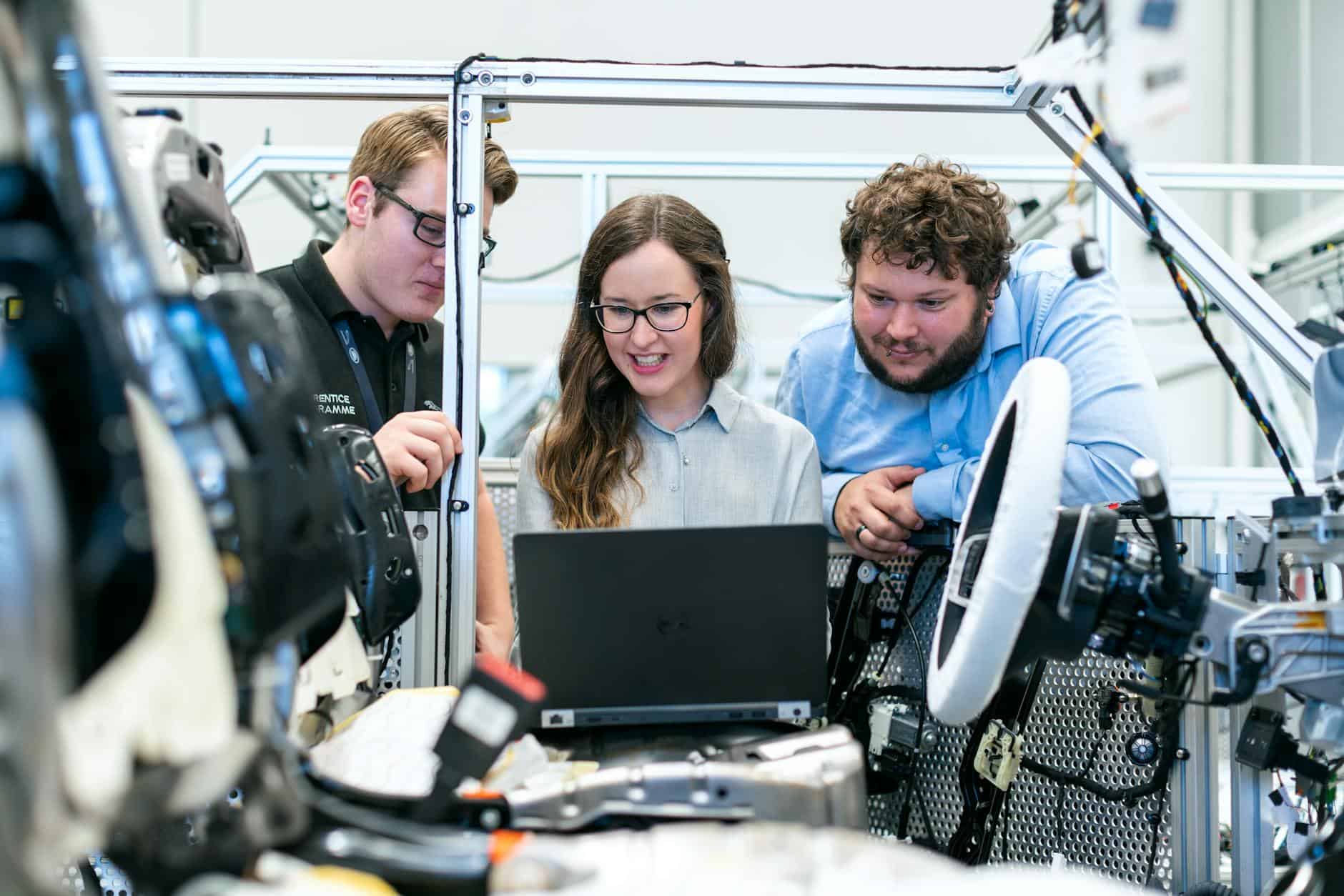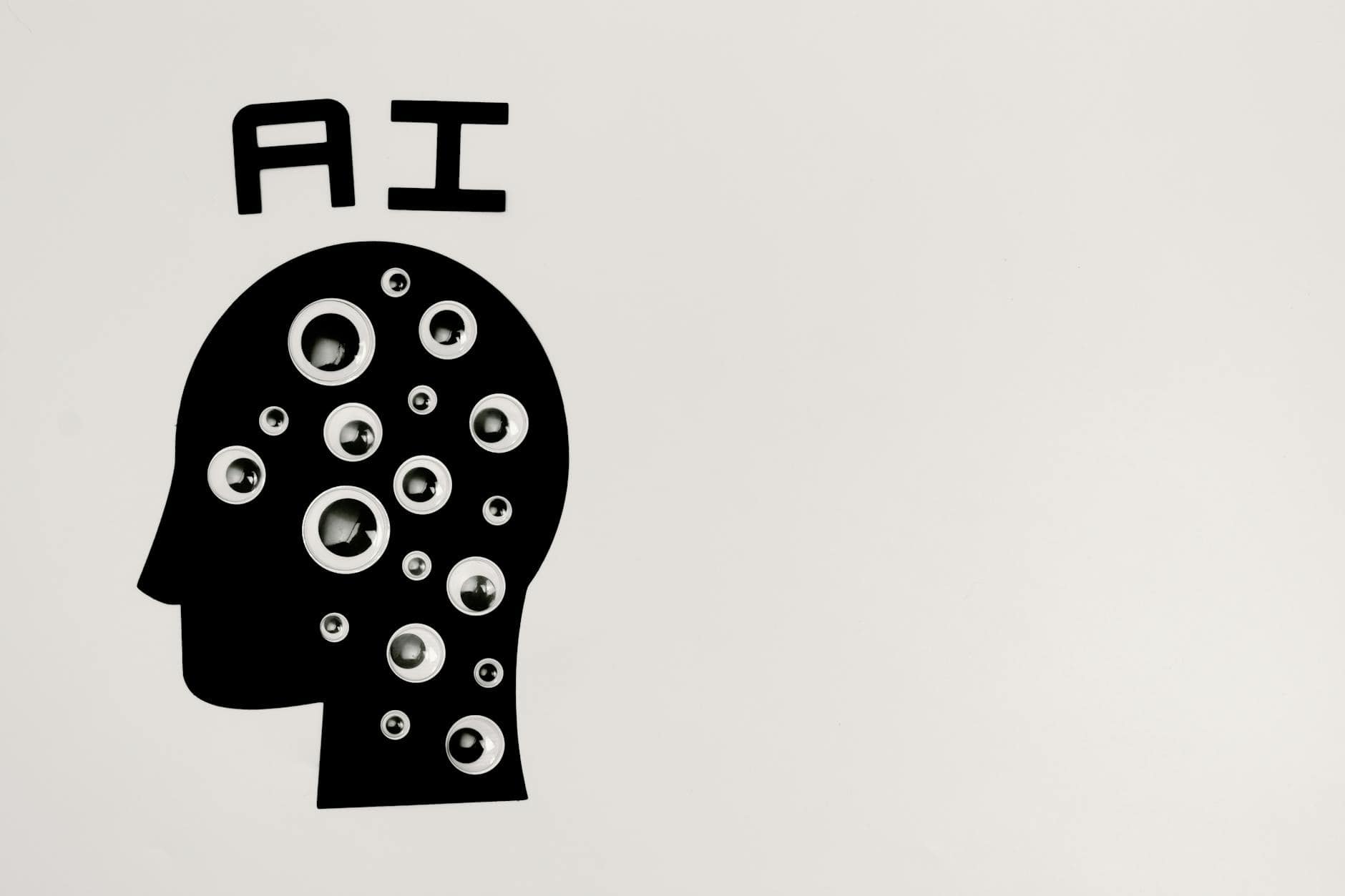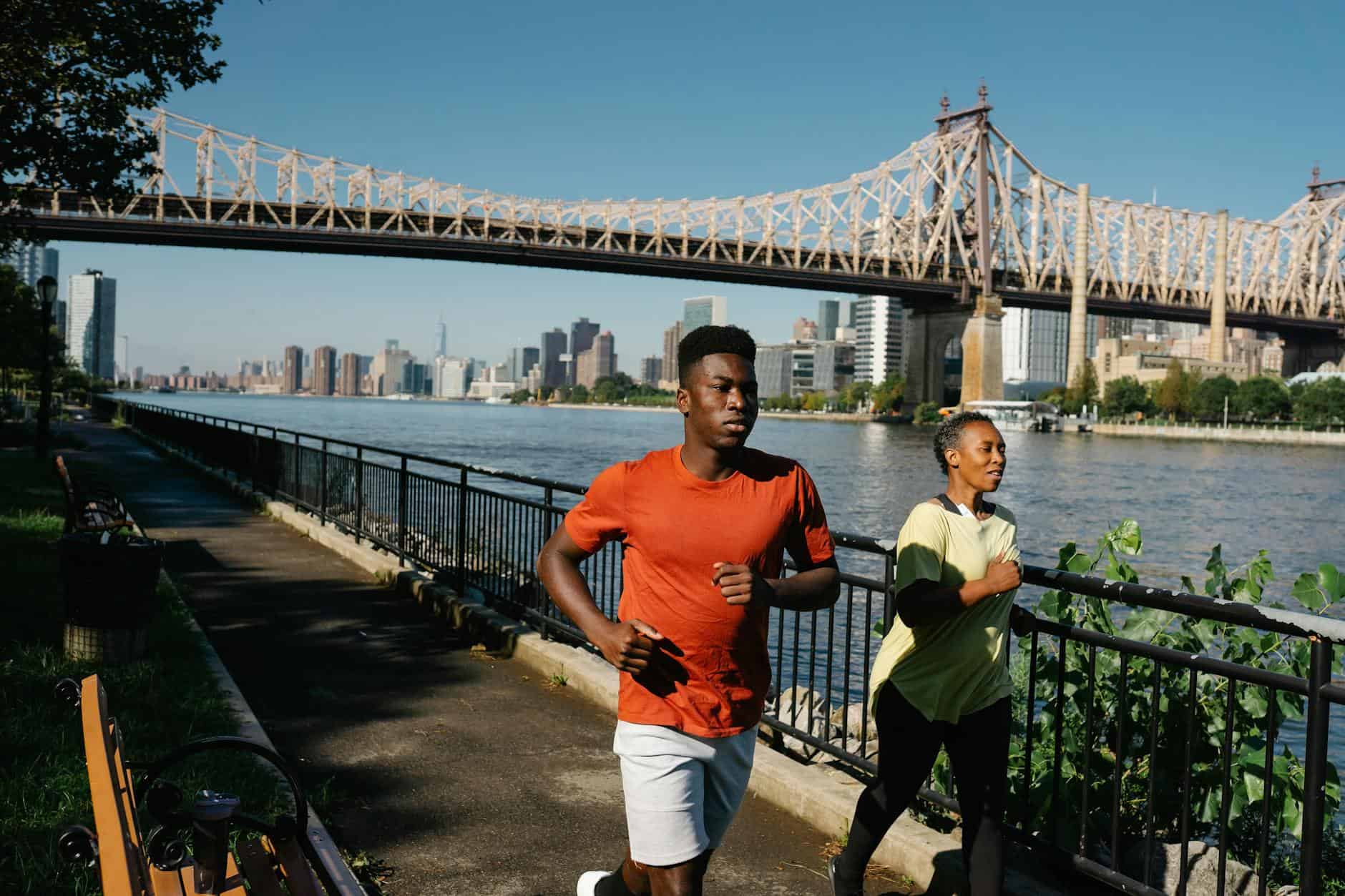All Senses Activate Deep Brain Hubs for Focus
In the ever-evolving landscape of neuroscience, a groundbreaking understanding is emerging: our senses are not just passive gateways to the world—they actively engage deep brain structures that drive focus, awareness, and consciousness. The human brain, a marvel of evolution, operates through an intricate web of sensory integration that determines how we perceive reality and stay alert in our environment.
The Brain-Sense Connection: A Multisensory Orchestra
Traditionally, the five senses—sight, hearing, touch, taste, and smell—were studied in isolation. But modern research reveals that all senses are interconnected and collectively engage brain hubs that underpin attention and conscious experience.
Multisensory integration begins in subcortical regions like the thalamus and the brainstem, which act as central relays, processing and prioritizing incoming data. From there, signals reach higher brain areas such as the prefrontal cortex, insula, and posterior parietal cortex, where complex cognition, awareness, and decision-making occur.
In short, every sound you hear, scent you detect, or texture you feel contributes to shaping your state of mind.
Sensory Systems That Spark Awareness
Let’s explore how each of the major senses activates specific brain centers that play a role in focus and consciousness.
1. Vision: The Gateway to Awareness
Vision is one of the most powerful sensory systems. The eyes send visual information to the occipital lobe, and then this data is routed through various networks including the dorsal attention network (DAN) and the ventral attention network (VAN). These networks determine whether something deserves our focus.
For example, if you see a bright light flash unexpectedly, your superior colliculus in the midbrain activates, triggering immediate attention and awareness. This rapid pathway plays a crucial role in survival and conscious reorientation.
2. Hearing: The Sound of Conscious Control
The auditory system doesn’t just help us hear; it enhances our alertness. Sounds reach the auditory cortex and then connect with the reticular activating system (RAS)—a brainstem structure responsible for wakefulness and arousal.
Alarms, for instance, are designed with sharp frequencies to directly activate the RAS, pulling us out of unconscious states like sleep and into full awareness.
3. Touch: The Hidden Guardian of Presence
The skin is not only the body’s largest organ but also a rich source of sensory information. Touch signals travel through the spinal cord to the somatosensory cortex, where texture, pressure, and vibration are perceived.
Studies show that tactile feedback can improve cognitive focus. This is why people fidget or use tools like stress balls—it helps stimulate brain hubs responsible for grounding the mind in the present.
4. Smell: The Emotional Trigger
Unlike other senses, olfactory signals bypass the thalamus and go straight to the limbic system, particularly the amygdala and hippocampus. These brain regions are associated with memory and emotion, making smell uniquely tied to emotional consciousness.
Scents like lavender can reduce anxiety, while peppermint can enhance alertness. This explains the rise of aromatherapy in mental focus practices.
5. Taste: The Mindful Sensor
Although often underestimated, taste engages insula and orbitofrontal cortex—areas linked with decision-making and self-awareness. The act of eating mindfully (paying attention to flavors and textures) has been shown to increase theta brainwave activity, associated with focused states and meditation.
The Brain’s Core Hubs: Where Senses Unite
While individual senses activate specific cortical areas, deep neural hubs act as convergence points. These include:
1. Thalamus
This relay station filters sensory input and forwards important data to higher brain regions. It is essential in switching between unconscious and conscious processing.
2. Insula
Located deep within the cerebral cortex, the insula processes interoception—awareness of internal bodily states—and integrates sensory and emotional information. It plays a key role in conscious self-awareness.
3. Reticular Activating System (RAS)
As mentioned earlier, the RAS governs levels of alertness. It receives sensory input and boosts cortical activity, especially during novel stimuli or danger.
4. Posterior Parietal Cortex
This region integrates visual, auditory, and tactile input for spatial awareness and focused attention. It allows you to track objects in motion, find your phone in a messy room, or navigate through a crowd.
Consciousness: Not a Switch, But a Spectrum
Contrary to older models, consciousness is not simply on or off—it exists on a continuum influenced by sensory input, attention, and brain chemistry. The more engaged our sensory systems are, the more “online” our brain becomes.
Activities like meditation, exercise, listening to music, or nature walks stimulate multiple senses, enhancing focus and conscious experience.
Practical Applications: Using Your Senses to Boost Focus
Here’s how you can hack your senses to stimulate deep brain hubs and improve attention and awareness:
1. Use Noise Strategically
Play nature sounds or white noise to engage the auditory cortex while reducing distractions.
2. Aromatherapy for Mental Clarity
Scents like lemon, peppermint, or rosemary can enhance alertness through direct activation of limbic areas.
3. Grounding Exercises
Run your hands over textured objects or use tactile tools to activate somatosensory areas and bring awareness to the present.
4. Mindful Eating
Focus on taste and chewing to stimulate the insula and promote focused digestion and mindfulness.
5. Visual Focus Breaks
Take time to gaze at natural scenes or calming images, allowing the visual system to reset from screen fatigue.
AI, Consciousness, and the Sensory Puzzle
Interestingly, the way human senses feed into consciousness is now influencing AI and robotics development. Engineers are designing machines with multisensory integration systems, mimicking how human brains prioritize and focus on relevant data.
This blending of neuroscience and artificial intelligence opens doors to conscious machines or at least ones capable of reactive awareness, drawing inspiration from how our sensory systems spark cognition.
The Power of Sensory Awareness
Modern science confirms what ancient wisdom has long suggested: awareness begins with the senses. By consciously engaging your sensory environment, you awaken neural hubs that enhance focus, emotional intelligence, and conscious presence.
Whether it’s the sound of a song, the warmth of sunlight, or the smell of fresh rain—every sensory experience is a doorway to deeper consciousness. Tuning into these signals doesn’t just help us survive—it helps us thrive.













Leave a Reply